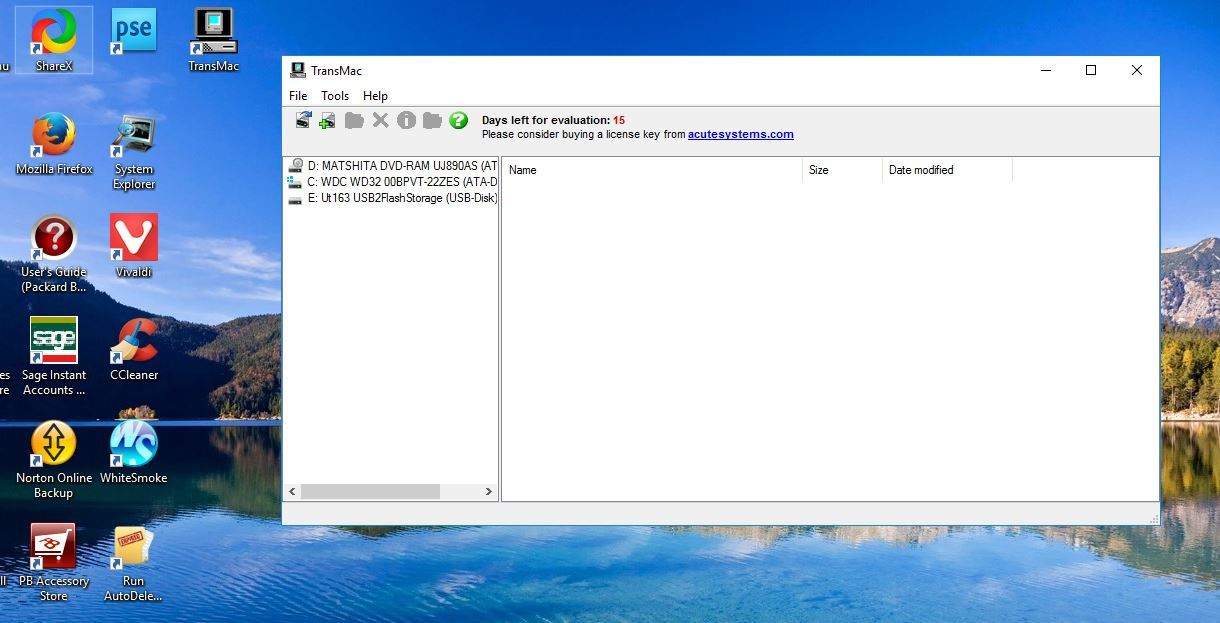
When finished, quit Disk Utility and choose the option to restore your system from a Time Machine backup. Now select "Mac OS X Extended (Journaled)" as the format to use and click the Erase button. Use this to select your boot volume (in the Disk Utility sidebar) and then choose the "Erase" tab. This can be done by booting to the Recovery HD partition (hold Command-R immediately after hearing the boot chimes), and then choose Disk Utility at the OS X tools window. Alternatively, you will need to re-format your hard drive. The first is to use a third-party filesystem checking and repair program such as DiskWarrior, to hopefully fix the problem. If this happens, then you have two options. While rare, there may be corruption in the formatting that either cannot be detected by Disk Utility or will not be properly repaired, and which can result in the system stalling when performing the "fsck" disk checking routine during the Safe Mode startup. Unfortunately this may take a while to do, but it can be re-enabled in the future if desired.Ī final issue with loading Safe Mode may be with faults in the filesystem's formatting. Therefore, if you cannot boot to Safe Mode, try disabling disk encryption. This breaks the ability of the hardware to store boot arguments and then pass them to the kernel, which helps secure the system by ensuring that security services are always run, and full-access modes like single-user mode cannot be loaded. Disable FileVault, or any full-disk encryptionĪny full-disk encryption routines, be it in FileVault from Apple or a product from a third-party developer, will require the hard drive be unlocked before the operating system's kernel can be loaded.Therefore, you can try resetting the PRAM, which is used in part to store boot arguments the system will use. While unlikely, it may be possible stored settings in Apple's hardware could contribute to its inability to pass boot arguments to the operating system.

CREATE OS X MAVERICKS BOOT DISK BLUETOOTH
Therefore, to enter Safe Mode on systems using a Bluetooth keyboard, press the Shift key immediately after hearing the boot chimes, and not before. The Bluetooth controllers in Apple's hardware will be properly initialized when the boot chimes sound, and not before, so if you hold any keys down before the chimes, then they will not be recognized by the system. While this will work for systems with USB keyboards, those with Bluetooth keyboards will fail every time. Often instructions to enter Safe Mode in OS X state to power up the system and immediately hold the Shift key. If you are unable to boot to Safe Mode, then in addition to trying the latest versions of OS X, you can also try several approaches: While perhaps a bug with specific system configurations, this and similar issues with booting to Safe Mode may arise from different issues, including irrecoverable faults in the filesystem formatting.


CREATE OS X MAVERICKS BOOT DISK UPDATE
Therefore, if you have not done so already, applying the update should be a quick fix. When attempting, the Safe Mode progress bar may display but will then disappear after about a third of the way (or halfway) to completion, followed by the system restarting and then booting normally.įor those affected by this issue, it appears a change Apple made in OS X 10.9.2 addresses this problem and allows affected systems to boot properly into Safe Mode. One of the minor but relatively long-standing bugs in OS X Mavericks has been an inability to boot to Safe Mode on some systems after upgrading.


 0 kommentar(er)
0 kommentar(er)
